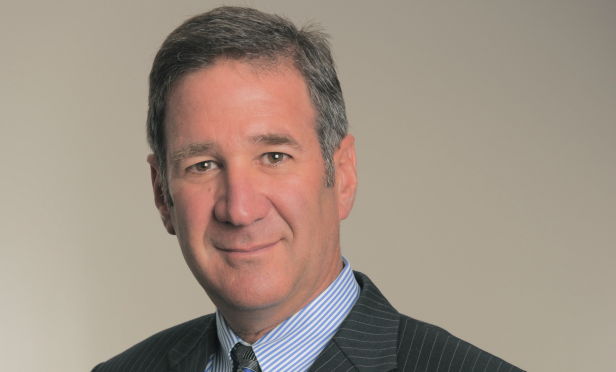 New apartment deliveries will likely slow next year with development activity hitting a peak this year. Most of the new construction activity has been at the high end of the market, and is unaffordable for many renters. While new construction will slow, there continues to be value-add opportunities to renovate vintage product to meet the incredible demand for rentals, especially as homeownership declines.
New apartment deliveries will likely slow next year with development activity hitting a peak this year. Most of the new construction activity has been at the high end of the market, and is unaffordable for many renters. While new construction will slow, there continues to be value-add opportunities to renovate vintage product to meet the incredible demand for rentals, especially as homeownership declines.
“On the apartment supply side, an estimated 80% of new supply is in the class-A sector, which is unaffordable for many,” Mitch Siegler, senior managing director of San Diego-based Pathfinder Partners, tells GlobeSt.com. “There is considerable demand for more affordable options, which are being fulfilled by owners of older '70s to '90s apartments upgrading those properties. That remains the essence of Pathfinder's investment strategy. Considerable supply of new apartments has been delivered during the past few years; we believe that 2018 will be the peak year for new supply for the foreseeable future.”
While development may slow, demand certainly will not. For-sale home prices have kept many buyers out of the market, which will help to fuel apartment demand well into the future. “We believe macro trends—including declining homeownership and rising housing costs—will continue to increase demand for apartments,” says Siegler. “Increases in mortgage interest rates, expected in 2019, will continue to exacerbate declining homeownership rates. Strong demand for apartments will be particularly pronounced in major markets in the Western U.S., like Seattle, Portland, Denver and several California cities, which have been magnets for millennials.”
In fact, Siegler expects homeownership to continue to decline well into the future, and as a result, he remains very bullish on the multifamily market. Rising interest rates will also mean more demand for apartment owners. “Rising interest rates, as well as millennials' desire for mobility and delayed marriage and family formation will continue to reduce demand for homes and, in turn, increase demand for apartments,” he says. “Our longer-term forecasts are that today's 63% homeownership rate, down from 69% in 2004, will head toward 61% by 2025.”
In fact, according to US Census Bureau information, says Siegler, homeownership rates have dropped to 64.2% from a high of 69% at the previous peak. “The rate declines even more by age bracket, with the homeownership rate for those who are less than 35 years old dropping to 35.3% in the first quarter from 41.7% in 2007 and a peak of 43.1% in 2004,” he explains. “A major catalyst for buying a home is starting a family and delayed family formation and few children (trends that have building for many years) equate to renters staying in apartments longer. As the homeownership rate slumps, the need for rental units will continue to increase.”
© Touchpoint Markets, All Rights Reserved. Request academic re-use from www.copyright.com. All other uses, submit a request to [email protected]. For more inforrmation visit Asset & Logo Licensing.






